Serbia, a country located in the heart of the Balkans, is a dynamic blend of rich history, vibrant culture, and complex socio-political landscapes.
Society and Situation:
- Cultural Heritage: Serbia boasts a rich cultural heritage shaped by various historical influences, including Roman, Byzantine, Ottoman, and Austro-Hungarian. This diversity is reflected in its architecture, art, music, and cuisine.
- Orthodox Christianity: The dominant religion in Serbia is Serbian Orthodox Christianity, playing a significant role in the country’s traditions and customs.
- Political Landscape: Serbia is a parliamentary republic with a complex political landscape shaped by its history, including the recent conflicts in the Balkans. The country is currently undergoing a transition towards a more democratic and open society.
- Economic Development: Serbia’s economy is gradually transitioning from a socialist to a market-based system. While facing challenges like unemployment and corruption, the country has made progress in attracting foreign investment and developing its infrastructure.
- Kosovo Issue: The issue of Kosovo’s independence remains a sensitive topic for many Serbians, and it continues to influence the country’s political and social dynamics.
Culture and Experiences:
- Warm Hospitality: Serbian people are known for their warm hospitality and welcoming nature. Visitors are often greeted with open arms and invited to share meals and stories.
- Festivals and Traditions: Serbia hosts numerous festivals and celebrations throughout the year, showcasing its rich cultural heritage and traditions. Some popular events include the Guča Trumpet Festival and the Belgrade Beer Fest.
- Nightlife: Belgrade, the capital city, is famous for its vibrant nightlife, with numerous bars, clubs, and cafes offering diverse entertainment options.
- Natural Beauty: Serbia’s diverse landscapes range from rolling hills and fertile plains to majestic mountains and national parks, providing opportunities for outdoor activities like hiking, skiing, and rafting.
- Cuisine: Serbian cuisine is a hearty and flavorful mix of Balkan, Mediterranean, and Central European influences. Some must-try dishes include ćevapi (grilled minced meat), pljeskavica (meat patty), and gibanica (cheese pie).
Possible Experiences in Serbia:
- Exploring Belgrade: Discover the historical landmarks, vibrant neighborhoods, and cultural attractions of Belgrade, the capital city.en.wikipedia.org Belgrade, Serbia
- Visiting Novi Sad: Explore the charming city of Novi Sad, known for its Petrovaradin Fortress, beautiful architecture, and vibrant cultural scene.www.tripadvisor.com Novi Sad, Serbia
- Experiencing the Guča Trumpet Festival: Immerse yourself in the lively atmosphere of the Guča Trumpet Festival, a unique celebration of traditional Serbian music and culture.Åbnes i et nyt vindueen.wikipedia.org Guča Trumpet Festival, Serbia
- Hiking in the Tara National Park: Embark on a hiking adventure through the breathtaking landscapes of the Tara National Park, a UNESCO Biosphere Reserve.getbybus.com Tara National Park, Serbia
- Relaxing at the Vrnjačka Banja Spa: Indulge in the healing waters and wellness treatments at the Vrnjačka Banja Spa, a popular destination for health and relaxation.vrnjackabanja.co.rs Vrnjačka Banja Spa, Serbia
Resources for Further Information:
- Serbia Travel – Official Tourism Website: http://www.serbia.travel/
- Serbia – Wikipedia: https://en.wikipedia.org/wiki/Serbia
- Serbia – Lonely Planet: https://www.lonelyplanet.com/serbia
- Serbia – Britannica: https://www.britannica.com/place/Serbia
By exploring these resources and experiencing Serbia firsthand, you can gain a deeper understanding of this fascinating country and its unique blend of tradition, modernity, and cultural richness.
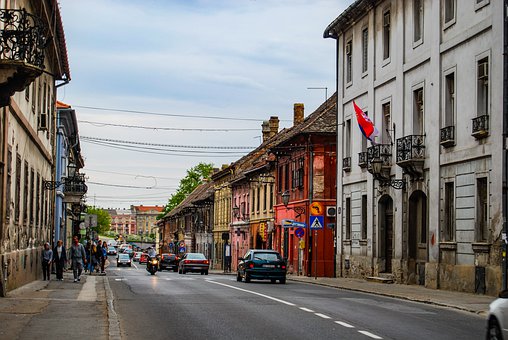
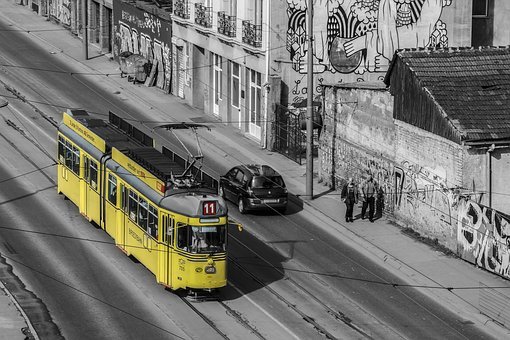
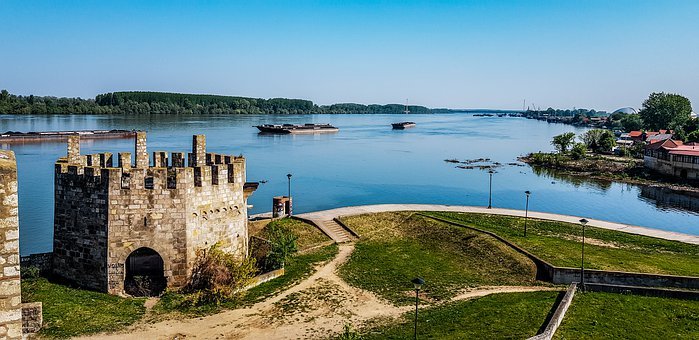
If you book more than one travel service for your trip or holiday using the links on this site, for example both hotel accommodation and flights, you will NOT benefit from rights applying to packages under Directive (EU) 2015/2302. Uramble.com and Google will not be responsible for the proper performance of any travel services. In case of problems, please contact the relevant service provider. Check with your insurance -or credit card provider.
HERE YOU FIND THE OPPORTUNITIES FOR 4 TYPES OF ACTIVE HOLIDAYS!
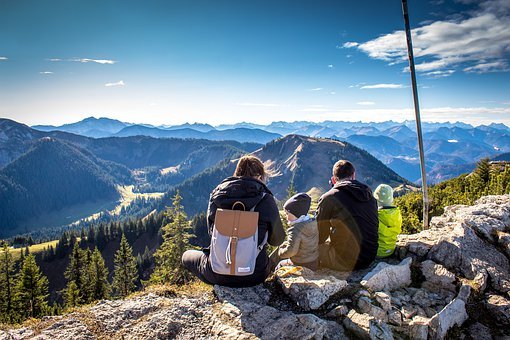
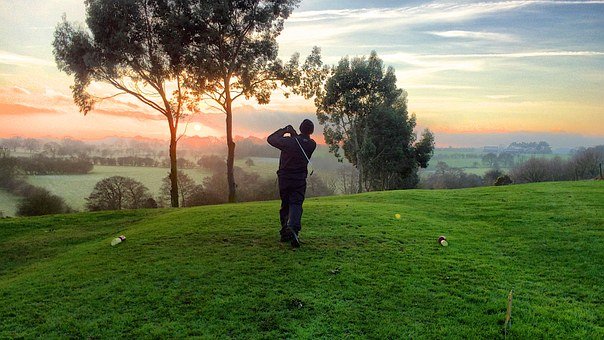
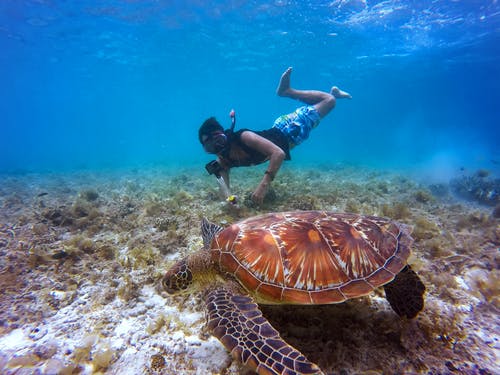
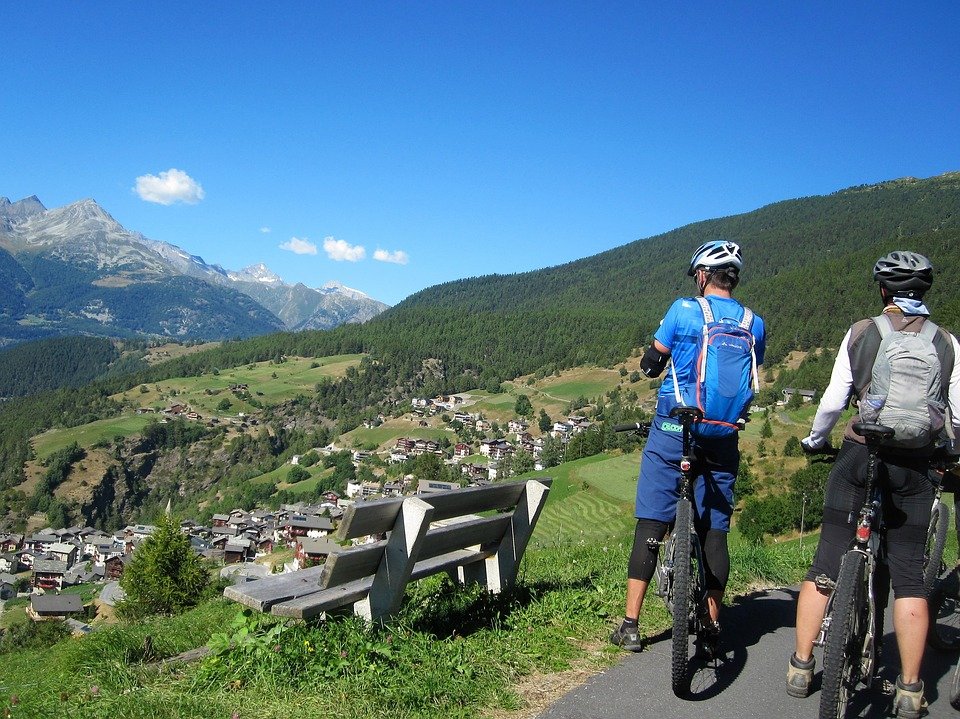

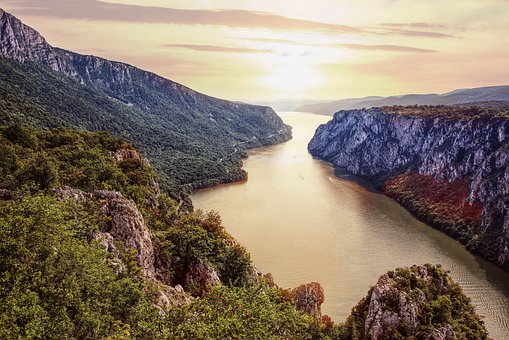
Tell us about an experience or share some information